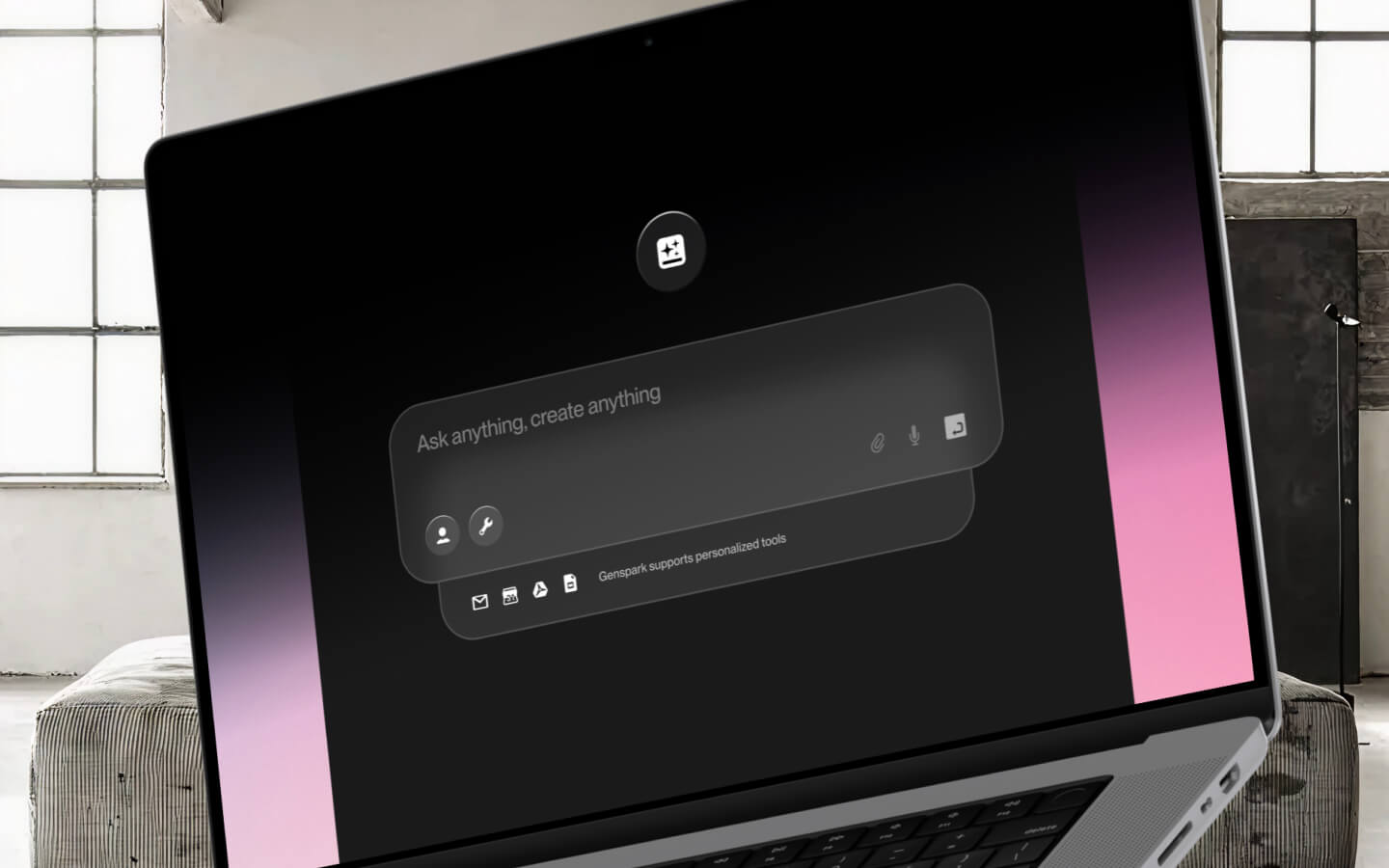The market is finally paying attention to Coaching Networks. With ZoomInfo’s $571M acquisition of Chorus, Zoom’s foray into conversation intelligence, GitHub’s launch of CoPilot, and GPT-3 text generation advancements, we’ve seen an increasing number of digital workflow companies begin to leverage Coaching Networks technology.
We’ve been writing about and investing in Coaching Networks for more than five years now, and we believe there’s no better time for B2B SaaS companies to realize Coaching Networks’ potential. Let’s dive into what that shift looks like and why we believe Coaching Networks are the future.
A Coaching Networks refresher
We’ve all used a search engine to find information or learn a new skill. But up until a few years ago, the learning process was mostly manual and certainly not predictive. In the past, using search engines has been dependent on three things: 1) you knowing what to search for so you can find the best answer, 2) the best answer having been contributed by someone, and 3) search crawlers uncovering that answer for you. But what if you don’t know what to ask or even what you’re looking for? Or, what if you have the answer to someone else’s question but don’t have the time to contribute it?
Enter Coaching Networks. The technology behind Coaching Networks answers the question: How can we make information that other people have mastered accessible to you in your time of need?
I’ll illustrate the concept with a hypothetical example. If you’re trying a new French recipe for the first time, what if instead of you needing to reference the recipe before each step, the next step was served up to you at the exact right time? Additionally, what if the expert French chef that initially created it was tweaking the recipe every day based on the context of what you’re serving, so you get the latest flavors each time you make the dish? This is what’s possible with Coaching Networks.

The key ingredient in these networks is software that gathers actions from a distributed network of users and identifies the best techniques for getting a particular job done. The software acts as a real-time, on-the-job coach, guiding users to successful outcomes and gathering new data that are fed back into the system.
The evolution of Coaching Networks
A lot has changed since we first started covering Coaching Networks. We attribute the recent adoption of Coaching Networks technology to four main things:
- Boom in sensor data collection. The pandemic and rise of remote work undoubtedly accelerated the adoption of software. With so much of our work lives now taking place on Zoom and other digital tools, there has been a proliferation of data on how we execute our jobs every day. Zoom notices how much you pay attention during meetings, Chorus analyzes your speech on calls, Guru recognizes which internal documents you use the most, and so on. All of this data helps feed and strengthen each platform’s respective Coaching Networks engine.
- People are more comfortable with Coaching Networks. As people become more comfortable with digital devices and wearables monitoring them in their personal lives (i.e., Apple Watches, Strava, etc.), they are also becoming more comfortable with Coaching Networks in the workplace. The throughline is that the technology is additive and helpful, rather than harmful. Instead of harvesting personal data with mal intent, Coaching Networks companies are focused on data privacy in order to ease adoption. At the end of the day, the more comfortable users are with Coaching Networks technology, the more valuable the system will be.
- Coaching UI advancements with GPT-3. Ultimately, the hallmark of a strong Coaching Network is a well-designed UI. But up until recently, good UI was not ubiquitous among Coaching Networks. Now, with OpenAI’s GPT-3 language model, we can turn signals into human-readable advice. Similar to how a soccer coach watches players and provides advice on form and technique, we now have AI that can turn machine learning insights into human-relatable coaching.
- GitHub CoPilot. Lastly, GitHub CoPilot gives us a look into a successful application of Coaching Networks in the dev tool space. With their AI pair-programmer, developers can simply comment on an idea of the logic they want, and CoPilot uses AI to suggest code to implement the solution. Not only does it help developers cut down time learning new languages, but it also integrates directly into popular editing platforms, allowing developers to maintain their workflow.
At Emergence, we think about the evolution of cloud software as a continuum. The industry started with horizontal, industry-agnostic software like Salesforce, giving way to vertical-focused companies building the Industry Cloud. Today, we’re transitioning again towards narrower, Deep Collaboration software such as Figma, Maze, and Ironclad that focus on specific jobs.
B2B companies have yet to harness the power of data network effects the way the B2C behemoths like Google and Meta have. Moreover, these B2B companies don’t have the same misalignment of interests that ad-based social networks have. Once these digital workflow companies build context around their specific domains, they can grow increasingly sophisticated and expand into specialized Coaching Networks software that can eventually understand human nuance. We believe the first enterprise company to do so will come from a new breed of B2B companies built on Coaching Networks.
Introducing The Coaching Continuum
We believe that all workflow software applications can leverage Coaching Networks technology and scale based on the richness of the contextual data found in their application. With the Coaching Continuum, we’ve illustrated the correlation between the complexity of interactions (forms > text > 1:1 speech > video > team meetings) and the importance of a focused domain (by industry and/or function). We wanted to note that our Continuum illustration is not exhaustive, rather it demonstrates what we've been seeing in our own portfolio.

The further along the continuum you are, the deeper the insights your Coaching Network uncovers for humans, and thus, the more valuable your software is on a per-person basis. The trade-off is that you will likely need to narrow your focus as you move up, to be able to understand the nuance of a particular class of interaction (think pharma sales, tech customer success teams, manufacturing line workers, etc.). You can start anywhere along this continuum, move up, and build toward that dream end-state. The opportunity to move up the continuum is also a requirement—companies that stay too long at any point will be subject to commoditization.
For example, Textio had a cold start problem and had to scrape a ton of public job post data to build an algorithm without having tight context or outcomes. Instead, Chorus was able to build their Coaching Network faster because they embedded themselves within a core workflow (initially just transcribing customer calls). This allowed them to build a corpus of data over time that could feed the network. With either approach, the more the actors in a coaching network interact, the more behavioral data they provide, and the more they get back. It’s a type of behavior ascension where you give to get.
Let’s double-click into the Chorus example. Chorus’ Conversation Intelligence software makes it easy for sales reps to recognize patterns in their calls to help win more business.
The beauty of Chorus’ Coaching Network is that it does not require the rep to take any additional action (i.e., transcribing the conversation, writing down action items, etc.) beyond what they do in their day-to-day work. It also uncovers hidden brilliance that the rep may otherwise have never even noticed, like what percentage of the call they speak compared to the prospect or what questions at what time help to close more deals. The system seamlessly captures these practices and equips others across the organization with the insights they need to perform at their best.
To see other next-gen companies leading the charge with Coaching Networks, take a look at our landscape:

As companies move to capture richer contextual data, it’s important for them to tighten the focus of their offerings (by domain and/or industry) to make sure the coaching remains relevant. We believe that the value per seat of a Coaching Network company will scale dramatically even if context has to narrow due to the growing richness of the contextual data.
This is particularly important as founders continue to build during today’s challenging economic environment. As we’ve written about before, difficult markets pose the biggest opportunity for building the future, and we believe Coaching Networks is that future.
In our next piece in this series, we’ll cover how companies start on this continuum and evolve to move along it. If you’re building a Coaching Networks software company, we'd love to hear from you. Send me a note at gordon@emcap.com.


